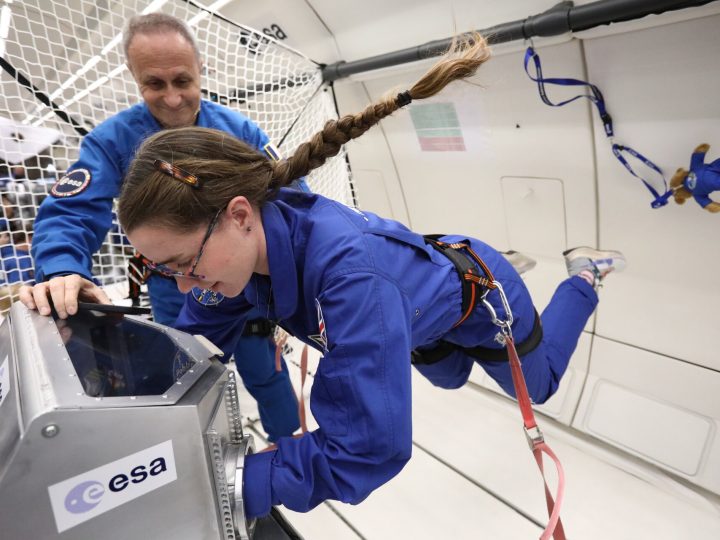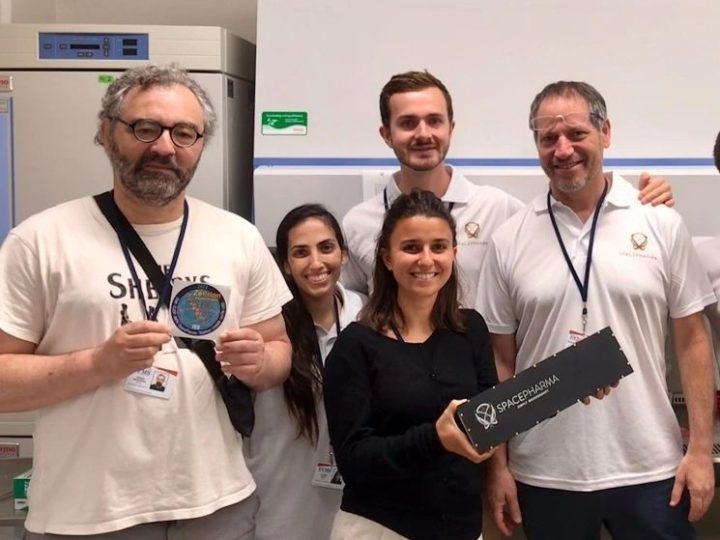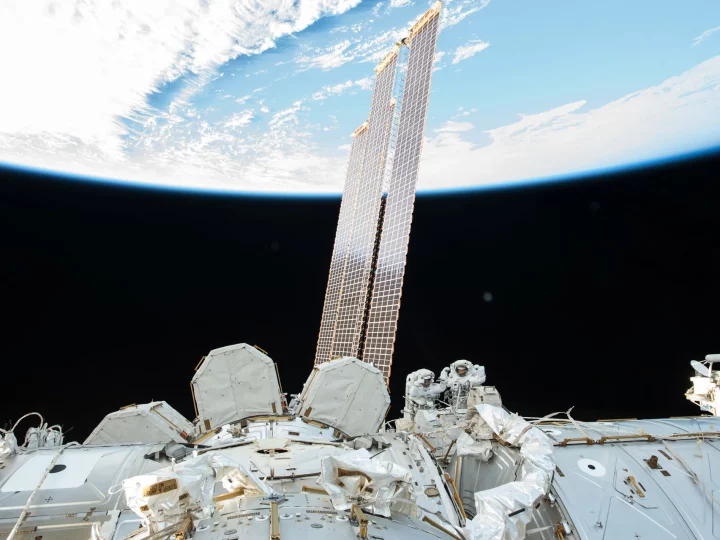In 2021 Project Maleth, the first ever Maltese space mission, sent skin samples from patients with diabetic foot ulcers (DFUs) to be cultured on the International Space Station (ISS). Now, Maleth II is on its way to follow up on these results on its second research mission to space. Enabled by the ICE Cubes service, commercial service provider in partnership with ESA, the mission is intended to replicate and validate the observations of the Maleth I mission, as well as conduct additional studies of its own.
What's project Maleth?
Project Maleth is led by Professor Joseph Borg, a molecular geneticist and biomedical laboratory scientist from the University of Malta. The project focuses on research to improve precision-based medicine at treating Diabetic Foot Ulcers (DFUs) more efficiently. The research involves studying human skin microbiome samples from Type 2 diabetic patients with DFUs that are resistant to treatment. Microbiome is the collective term for all microbes, such as bacteria and fungi, that live in the human body or on the human skin.
Microgravity and the harsh conditions of space provide a unique opportunity to better study the resistance of such microorganisms, which is why the researchers wanted to send these samples to space, more specifically, the International Space Station (ISS) through the ICE Cubes Service. Project Maleth’s first mission to the ISS, and Malta’s first ever mission to space, was Maleth I. Six skin samples were sent to determine the effects of spaceflight on the skin microbiome of DFUs, and their resistance to harsh environments.
Following the successful return and analysis of the samples from Maleth I, whose results are to be published by the end of the year, Project Maleth is now sending a second follow-up mission to the ISS, Maleth II. Maleth II is intended to replicate and validate the observations made in Maleth I, sending once again microbiome samples from patients with DFUs. However, this time, Yeast cell samples are also on their way to the ISS for additional research.
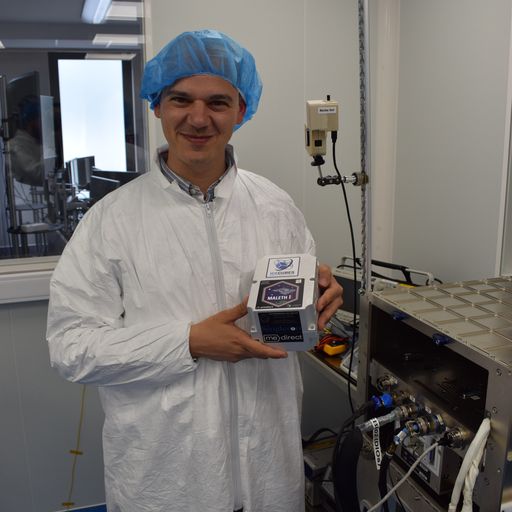
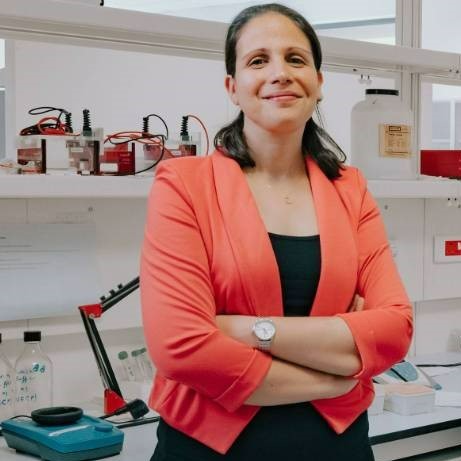
Why do research in space?
All levels of biological organisation, including cells, tissues, organs, and organisms, are affected by microgravity often in novel and useful ways, sometimes in ways that allow medical, biotech and other problems on Earth to be better addressed. The benefits of microgravity allow us to manufacture medicines, materials and living tissue that cannot be done in Earth’s 1g gravity environment.
Access to the space environment, microgravity, and high radiation create a unique opportunity to study various biology experiments and fundamental biomedical science questions that in turn can have implications to real-world clinical problems back on Earth.
What does the Maleth II mission entail?
Maleth II, or the Follow-up Study of Human Skin Tissue Microbiome Studies and Yeast Cells in Space, continues the investigation from Maleth I, which sent skin microbiome samples from selected Type 2 diabetic patients with diabetic foot ulcers (DFUs) that are resistant to treatment, to be studied aboard the International Space Station (ISS). The intent of Maleth II is to determine the degree of replicability observed when compared to the previous Maleth I mission.
Skin samples from patients with DFU resistant to treatment were sent to the ISS. The samples are cultured on both ground-based (analogue) and space-based conditions, to investigate how they adapt and change according to their environment. The overall specific aim of the research is still to determine the full microbiome profile of DFUs in Malta. Therefore, upon return to Earth, all samples will be analysed using next generation metagenomic sequencing (where the bacterial and host genes are sequenced) and metabolomic analysis (where the substances of bacterial metabolism are identified), conducted on both ground-based and space-based samples.
The results are then compared to those of a conventional bacteria culture, in order to determine the different types of bacteria that are present in infected ulcers, and their resistance to their environment, including antibiotic resistance.
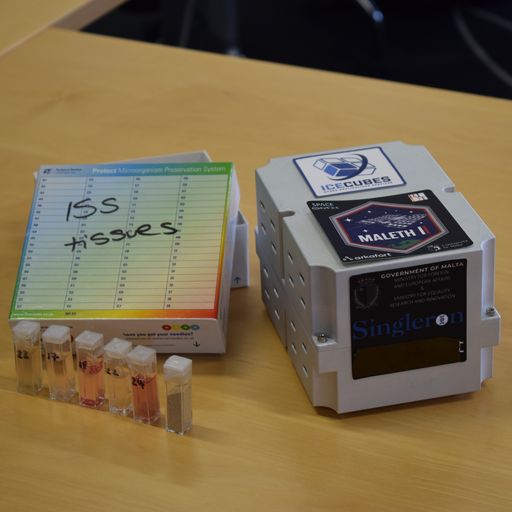
Yeast cells as an additional research study
In addition to the skin samples, Yeast (Saccharomyces cerevisiae) cell samples will also be sent to the ISS for a separate study.
“Yeast cells are a logical next step in this space research”, Professor Borg says.
Yeast cells are different from bacteria in that they are “eukaryotes”, the same type of cells that humans are made of with DNA packaged as chromosomes and inside a true nucleus, which is why they make for an exciting next step in research.
The aim of this pioneering research is to observe how the cells will react to the space environment. Every single cell will undergo genetic sequencing, and the results will be compared between space samples from Day 1, space samples from Day 60, and samples that were cultured on Earth. Single cell sequencing provides significant resolution like no other tool to date, and being able to identify changes at a single cell level is a truly innovative way of doing science and understanding the genetic basis of life.
What's the significance of the Maleth II research?
The aim is to better understand how these treatment resistant ulcers behave and how to better treat them. It has been shown in previous studies that the space environment instigates bacterial resistance to antibiotics. A lot is still not known about how bacteria acquire resistance and studying these bacteria in space coupled with genetic sequencing may help us better understand the mechanisms behind the development of resistance. Furthermore, other bacteria may be present which might not allow the proper healing of these ulcers. By identifying all of the bacteria present, one can determine if there are microorganisms that can be predictors of prognosis. Finally, the microbiome of healed ulcers can be compared to those that didn’t heal, giving an indication of which bacteria may be involved with chronicity.
Proiect Maleth aims to identify biomarkers (such as mRNA, a small single stranded piece of DNA) that could potentially be targeted for better management and treatment of patients, improving laboratory and healthcare services directly effecting the quality of life of Maltese diabetic patients and their families.
All data is deposited as part of NASA’s Gene Lab database, an open access analysis platform for bioscience research, which maximises the use of its data worldwide.
Space applications:
Identifying biomarkers present in the human skin microbiome can be used for potential targeted therapy in space missions, enhancing space travel of future astronauts going on deeper missions to the moon and Mars. The behaviour and relationship between oral, gut and skin microbiomes needs to be better understood under space conditions, to ensure the viability and success of future space missions to low Earth orbit and beyond.
Earth applications:
This project, holds a lot of promise to the benefit of patients with Type 2 Diabetes Mellitus inflicted with Diabetic Foot Ulcers that are difficult to treat. If a number of biomarkers are identified using this approach, it can be a game changer for molecular therapy and precision based medicine aimed at treating these ulcers, and ensure a better quality of life to the patients and to their families.
Moreover, being Malta’s first biomedical science experiment to orbit, the project helps raise local awareness on important topics related to Science, Technology, Engineering, Art and Mathematics (STEAM), jointly with Esplora and the Malta Council for Science and Technology, as well as primary and secondary schools of Malta.
Improvements of Maleth II
Maleth II contains not only technical replicates (I.e. replicas of the same type of sample), but also biological replicates (I.e. replicas from different time points, as it is the second time that this same study is being done in space). Biological replicates serve to demonstrate whether the results from the first experiment can be faithfully reproduced in follow-up experiments. If this is the case, researchers can then be much more confident of the results achieved.
Maleth II will also have additional metagenomics sequencing.

How is the experiment carried out in the ISS?
The experiment is enclosed in the ScienceCube, developed by the ICE Cubes service provided by Space Applications Services. The cube is housed in the ICE Cubes facility inside the Columbus module in the ISS, which is operated by the European Space Agency (ESA). When installed in the ICE Cubes facility, the ScienceCube will be powered and real-time interaction becomes possible, allowing also to follow onboard imagery directly. This is one of the unique features provided by the ICE Cubes service.
The cube for Maleth II has an aluminium outer structure, as opposed to a plastic one as it was for Maleth I, ensuring a more robust housing for the experiment. The electronic internals were kept almost identical to those in Maleth I, apart from an upgraded onboard computer and control software.
What happens inside the cube?
The ScienceCube includes five independent human skin tissue samples containing their own unique microbiome, as well as one Bakers’ yeast sample, in lyophilized format. The human skin tissue samples are suspended in Phosphate Buffered Saline (PBS) solution that is known (and has been tested) to maintain both human skin intact, and most importantly the microbiome, alive and well in suspension. The investigation is observed using the onboard cameras that overlook the cuvettes/samples inside the ScienceCube. All molecular work planned is only conducted before and after spaceflight (on sample return, approximately after 45 to 50 days on the space station).
Data connectivity and sample monitoring of the ScienceCube is made possible through data links as supplied by the ICE Cubes service and relayed to the Mission Control Centre set up in Malta managed by Arkafort Ltd.. The cube’s onboard computer is a Raspberry Pi, running a Linux OS along with some proprietary control software that allows for its remote operation.
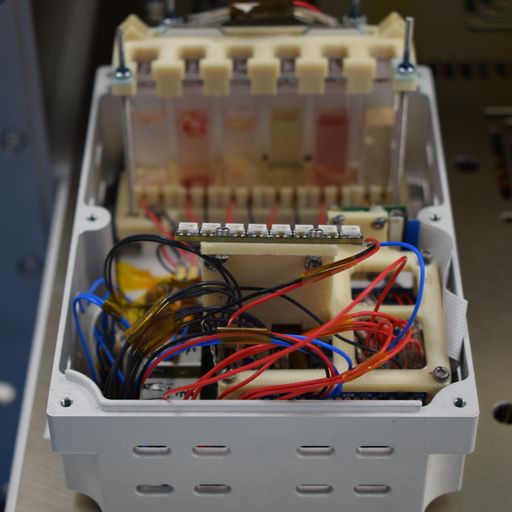
How and when will Maleth II launch?
(Updated): After a couple of delays, the experiment was successfully launched on15th July 2022. The rocket that carried the experiment was SpaceX CRS-25 (Cargo Dragon). The cube flies back to Earth on 18th August 2022.
Watch ESA Astronaut Samantha Cristoforetti installing the cube on the International Space Station (ISS):
Why use ICE Cubes?
In an interview with Dr. Hilde Stenuit, from the ICE Cubes Business Development Team, we asked why ICE Cubes is the best platform for this kind of research.
“Two reasons. The first is the ICE Cubes real-time interaction capability and real-time monitoring. Professor Borg and his team can have access to what’s happening inside the ScienceCube at all times. The second is the fast track aspect of the ICE Cubes service. For Maleth I, it took less than 11 months between first contact and the samples being back from Space on Earth for analysis.”
The ICE Cubes service is open to applications for both research as well as commercial use. You can learn more about it here: Services – ICE Cubes (icecubesservice.com).
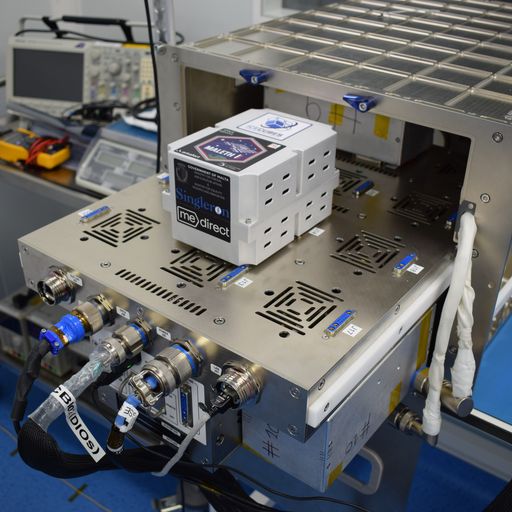
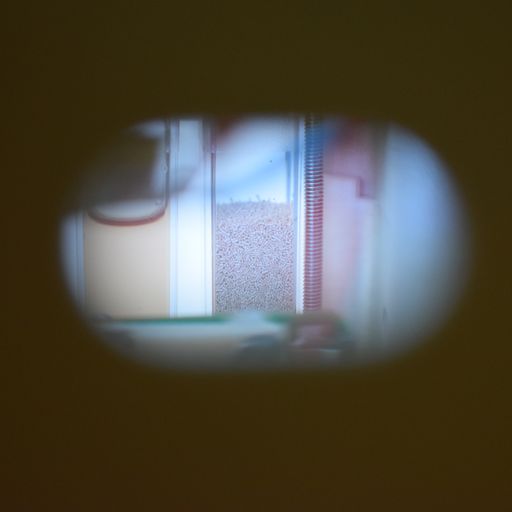
Who supports this project?
Maleth II is supported by the Ministries for Foreign and European Affairs, as well as the Parliamentary Secretary Hon. Keith Tanti for Youth, Research and Innovation under the Ministry for Education, Malta. Moreover, this launch is being supported by the private sector that includes MeDirect – Malta’s first digital Bank and Singleron Biotechnologies, Cologne, Germany. The mission is being facilitated by the Research Innovation, Development Trust (RIDT) who will be supporting a PhD candidate, Ms Christina Gatt, and other students at the University of Malta as well as all the science being conducted in this second mission.
Arkafort Ltd. will manage the mission control centre and link-up directly with the ICE Cubes platform managed by Space Applications Services in the Columbus Module of the ISS.
The mission is enabled by ESA through the ISS commercial partnership initiative, which facilitates access to exploration infrastructure to private companies such as Space Application Services.
Follow BSGN’s linked-in page to stay tuned on similar news like this:
ESA Business in Space Growth Network (BSGN)
Follow the pre-launch event for SpaceX CRS-25 rocket:
https://www.spacex.com/launches/crs-25/
Learn more about Maleth I mission details:
https://www.nasa.gov/mission_pages/station/research/experiments/explorer/Investigation.html?#id=8619
All images provided by Professor Borg
